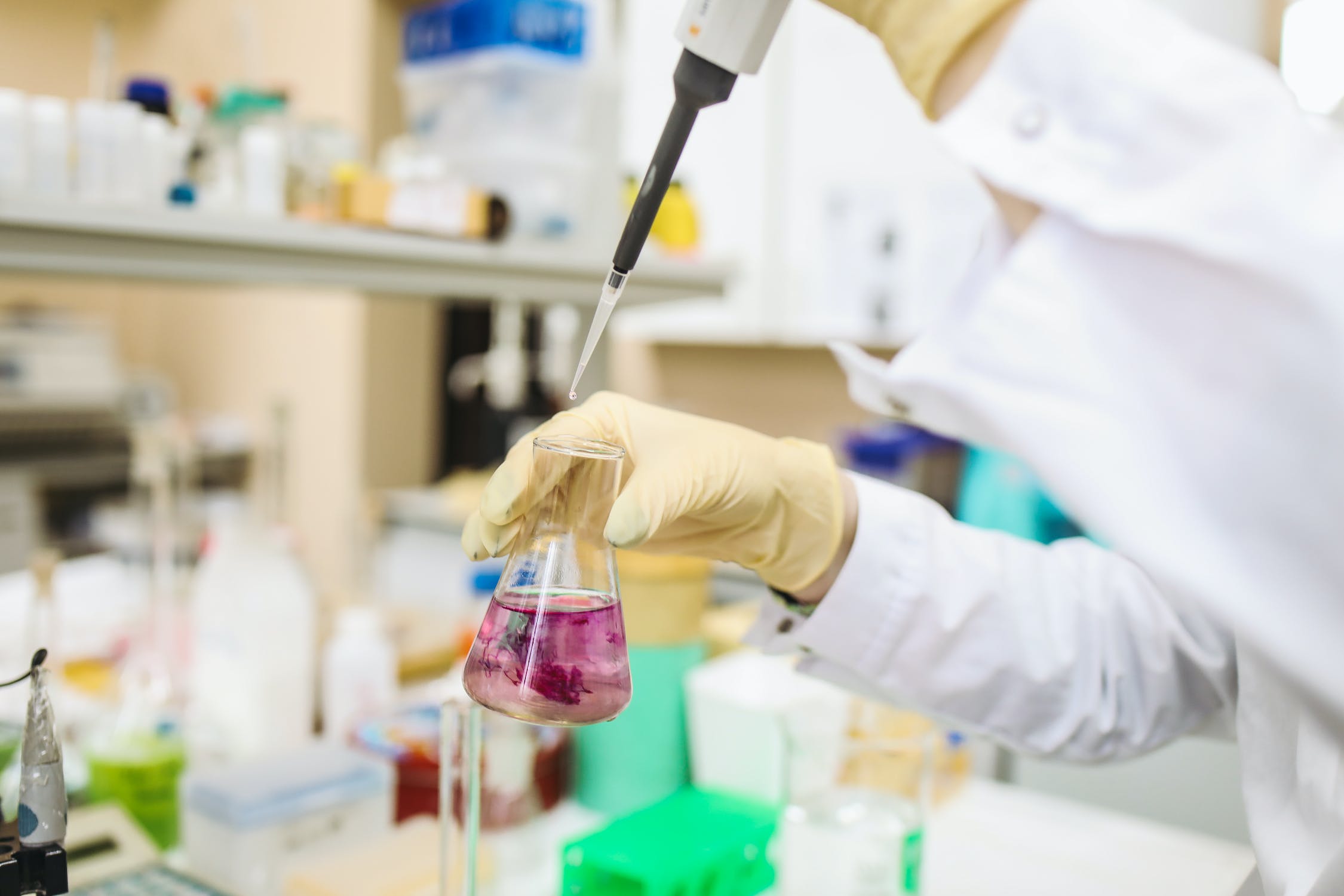
13 Jul ASK A CHEMICALS FUTURIST: HOW WILL HOUSEHOLD PRODUCTS CHANGE GOING FORWARD?
Per leading future of chemicals speakers, futurists, and trends experts, a new world of household products is quickly taking shape. Turning out gaze towards tomorrow’s horizon, it is likely to be influenced by a number of factors, including:
- The growing demand for sustainable products. Shoppers are increasingly demanding solutions that are made with green materials and processes. Shifts here are driving the development of new chemical products that are more environmentally friendly.
- The rise of bio-based chemicals. Offerings made from renewable resources such as plants and algae, which offer a more sustainable alternative to traditional petrochemical-based chemicals.
- The development of new technologies. Innovations like 3D printing and gene editing are creating new opportunities for the development of solutions.
Poll top future of chemicals speakers and futurists, and a few trends in the field they’d tell you to keep top of mind are:
- The growth of the circular economy. A system in which materials are reused and recycled as much as possible – and one that is leading to the development of new chemical products that are designed to be more recyclable and sustainable.
- The increased use of nanotechnology. Picture the use of materials at the atomic and molecular level, which is allowing for the development of new offerings with enhanced properties such as improved performance, durability and safety.
- The development of new medical applications. Chemical products are being used in a growing number of medical applications, such as drug delivery, diagnostics, and tissue engineering.
Sooo… all of that being said, as future of chemicals speakers and futurists, we’d tell you that the future of household products looks pretty darn promising. The industry is facing a number of challenges, but it is also developing new and innovative solutions that are meeting the needs of a growing global population. For instance:
- Biodegradable plastics. Made from renewable resources and can be broken down by microorganisms in the environment. A more sustainable alternative to traditional plastics, which can take hundreds of years to decompose.
- Sustainable fertilizers. Created using renewable resources and designed to be more efficient and less polluting than traditional fertilizers. Reducing the environmental impact of agriculture right as we speak.
- Drug delivery systems. Helping to develop drugs more effectively and with fewer side effects… and being used to treat a wide range of diseases, including cancer, diabetes, and HIV/AIDS.
Mind you: These are just a few examples of the new chemical products that are being developed. It only gets more exciting from here.



